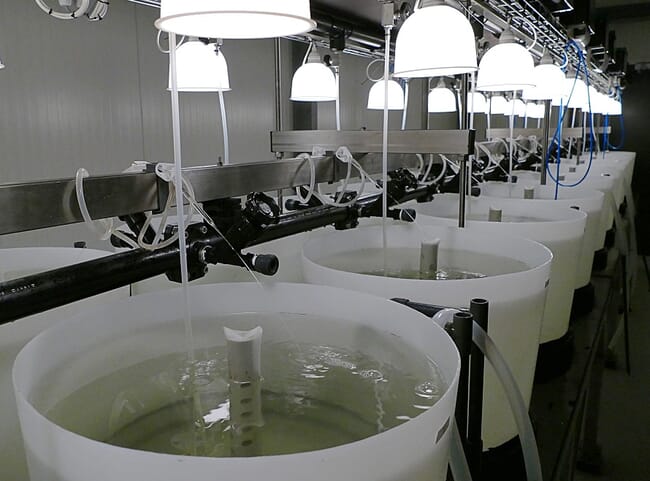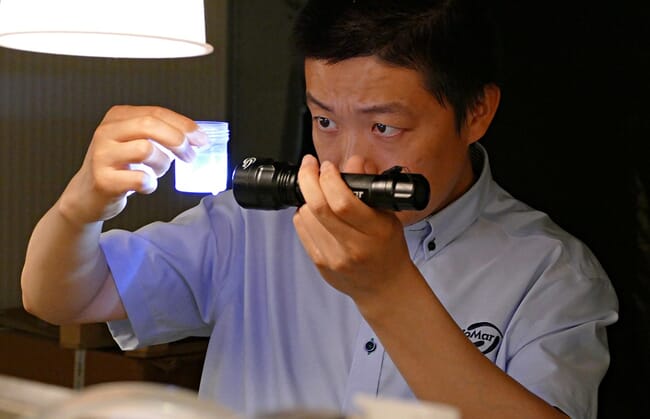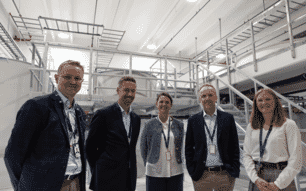The new unit is located at the company’s Aquaculture Technology Centre (ATC) Hirtshals facility in Denmark and coincides with their 15th anniversary hatchery feed production. The Danish company notes that they have recently streamlined their product portfolio and adopted new innovations and functional raw materials in the LARVIVA hatchery range.

The opening of the new facility is the second of a three-phased strategic plan for the segment – it follows on from last year’s establishment of a business unit in Nersac, France headed by Chris Dinneweth, while the expansion of the fry feed production line in Brande, Denmark expected later in 2019.
Ole Christensen, VP of EMEA at BioMar, said: “We see significant growth potential in the hatchery feed segment. Our new research facilities will help us continue to evolve our larval feed range while allowing us to respond faster to market and customer needs”.

The ATC Hirtshals now houses 24 RAS larval rearing trial units, ranging from 50 to100 litres, all operating under strict controlled conditions. The new system allows for fine-tuning protocols for larval rearing as well as the production of live feed including rotifers and Artemia. The units offer complete control of factors including temperature, salinity, photoperiod and light-intensity – allowing for strongly replicated trials and the ability to work on a range of marine species.
“The launch of the hatchery trial facility at our ATC Hirtshals is a significant boost to the BioMar hatchery business unit, which will allow us to undertake in-house marine fish larvae feed trials. We look forward to developing and bringing to the market new and exciting innovations in hatchery feeds,” concluded Christensen.
The ATC Hirtshals now houses 24 RAS larval rearing trial units, ranging from 50 to100 litres, all operating under strict controlled conditions. The new system allows for fine-tuning protocols for larval rearing as well as the production of live feed including rotifers and Artemia. The units offer complete control of factors including temperature, salinity, photoperiod and light-intensity – allowing for strongly replicated trials and the ability to work on a range of marine species.
“The launch of the hatchery trial facility at our ATC Hirtshals is a significant boost to the BioMar hatchery business unit, which will allow us to undertake in-house marine fish larvae feed trials. We look forward to developing and bringing to the market new and exciting innovations in hatchery feeds,” concluded Christensen.



